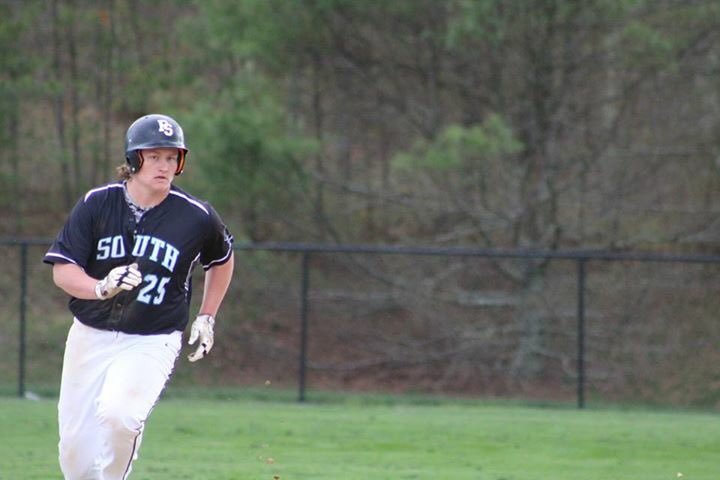Performance Practice

[powerpress]
Every coach in every sport will tell you that their sport is about skill. Football coaches, it’s about skill. Swimming coaches, it’s about skill. Rugby coaches, it’s about skill. Every sport believes that their sport is based on the fundamentals of the core skills of their sport. And to the most part they’re right.
But the way that we’ve taught skills and the way that we’ve used skills to try and help a player become all they can be in a performance sense, needs a lot of evaluation and needs some serious thinking.
Quite often what coaches will do is see a player may be drop a ball in rugby or miss a kick in football or their turn is swimming might be all that can be. And as a result, they’ll have the athlete go through some basic fundamental skills of training. And again, that’s the way we’ve done it for a long time but it needs some serious rethinking.
Because just executing a simple, basic skill in your sport and expecting that skill to withstand the pressures of fatigue, pain, stress in actual game situation or in actual competition situation is highly unlikely.
We have 7 steps from the introduction of a basic skill through to the capacity to demonstrate and utilize that skill in competition that coaches should follow and progress a simple skill learning practice to a skill that can withstand all the demands and pressures of competition.
Step 1: Teach the skill so the athlete learns the skill.
Step 2: The athlete learns the skill very well. The athlete masters the skill very well.
Step 3: Have the athlete learn the skill very well and be able to execute it at speed because that’s what performance is all about, executing right skills and the speed in competition conditions.
Step 4: Execute skills really well at speed when you’re fatigued. The last 5 minutes of a green final, the last 10 minutes of a swim, the last 100 meters of an 800 on the track, that last 5% of competition demands excellence in skill execution, maintaining high speed under the impact of fatigue.
Step 5: Being able to execute skills really well at speed and fatigue while dealing with pressure. The difference between participation sport and performance sport is pressure. Coaches need to apply real pressure – physical, mental, emotional, technical, tactical pressure in training situations so that the athletes are learning skills in real performance situations.
Step 6: Be able to do all those things consistently so that an athlete has a great skill, can apply it and execute it very well at speed under fatigue, under pressure and can do it over and over and over. The difference between a rookie and a great player is the capacity to execute skills consistently well.
Step 7: Be able to use their skill to solve problems in real time on the field. So there’s a situation where they’re on the field facing an opponent or facing a competitive situation and their skill is at such a level that they can perform it well at speed, under fatigue, under pressure consistently and use their skill to solve performance problems in real time when they really need to.
Skills are important. Practice is important. But practice doesn’t make perfect. Performance practice makes perfect.

0 Comments